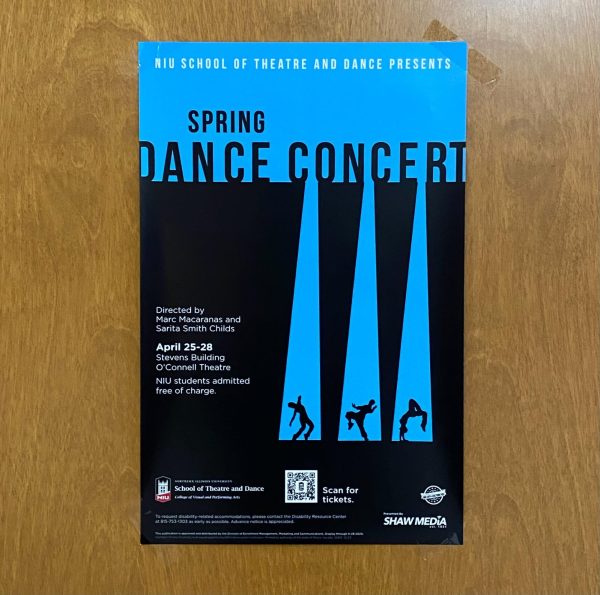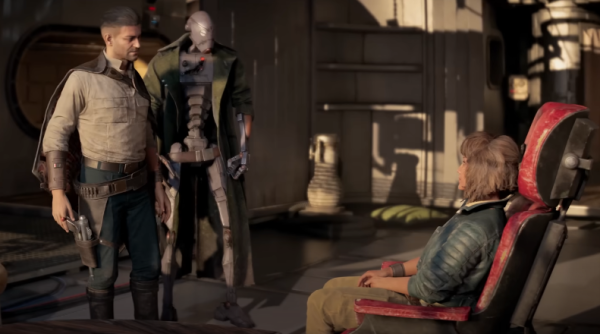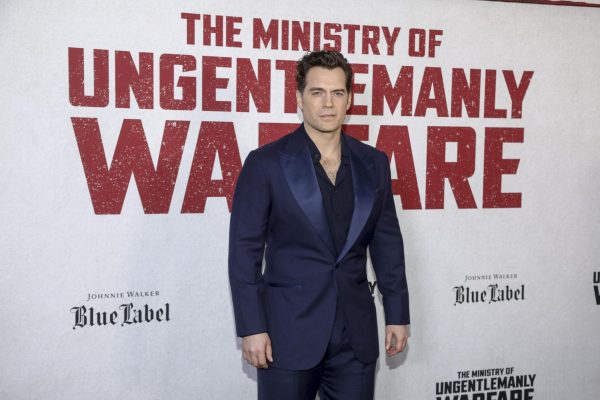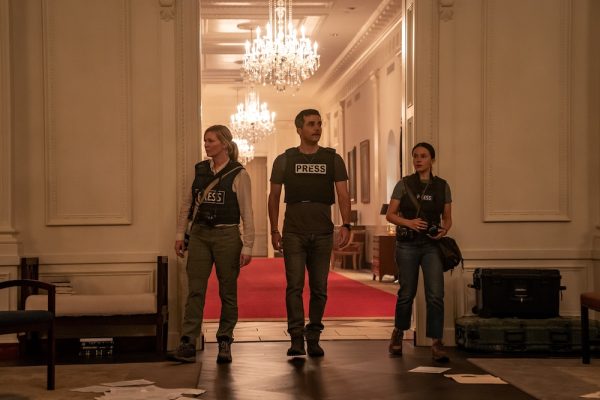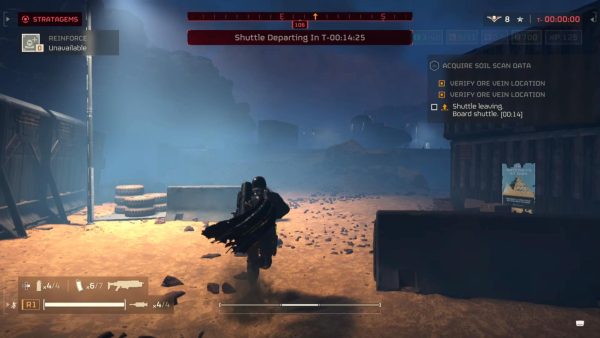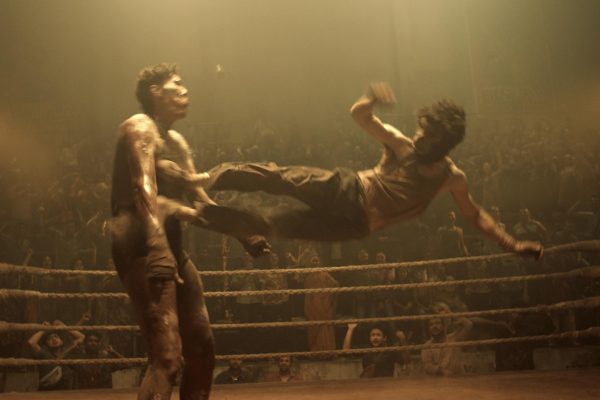A beginner’s guide to film: Cinematography
January 31, 2019
Film is a century old art form that captivated people of different races and nationalities. What was once a novelty has now become a billion dollar industry. However, there are still elements of film that can be perplexing to the average filmgoer. When the Oscars come around every February, categories like Best Picture or Best Actor seem simple enough, but then come Best Editing or Best Sound Mixing. There actually is a simple way to explain these elements which will not only increase the viewers knowledge of film, but can cause elements that were previously unnoticed to be more apparent.
The number one aspect of film that is brought up but no one really knows what it is has to be cinematography. To simply break it down, cinematography is everything that goes into the filming of images. From the camera itself angles to the colors to the lighting, cinematography is all over the place which makes it hard to pinpoint. So here are the basics of it.
First, there’s the camera itself. When cinematographers gets started, they have to decide what format the film will be captured. Will they go for the old school film stocks or the high-tech digital age? The answer is generally decided on what the film needs. Film stocks typically have a more organic feel while footage filmed digitally has a more surgically clean aesthetic. For example, “A Quiet Place” is a personal horror film whose setting is in nature. Thus it was shot in film as opposed to “Blade Runner 2049” which is a science fiction film set in the future. In an age of technology, Oscar winning cinematographer Roger Deakins made the wise choice to shoot the film digitally.
The film “A Quiet Place” (Left) was shot entirely on film to coincide with the setting of the film. “Blade Runner 2049” (Right) was digitally photographed because of it’s nature as a science fiction film. Courtesy IMDb.
Then, there’s the way the camera moves while it captures images. Several of these shots are easy to spot. There’s the tilt in which the camera is moved up and down as if you were moving your head. Then there’s panning which functions like a tilt except the camera is moved side to side. Other methods of movement are dollying which the camera is on a platform and is moved towards or away from what is being captured, tracking where the camera is on a platform and moved side to side and the crane shot where the camera can be lifted into the air and moved in any direction. Nearly every camera movement is a combination of all of those camera movements.
(Left) The basic function of a pan vs the function of a tilt. Courtesy Getty Images.
(Top) A crane is used to perform basic camera motions while also lifting or lowering the camera. (Bottom) A diagram of several motions for a camera. Courtesy Getty Images.
Next, there’s focus or how much of the image is visible. To see this, the viewer must see what the foreground and background is. Objects in the foreground are those that are closest to the camera and those in the background far away from the camera. A common technique of focus is to have objects in the foreground be in sharp focus whenever they are important in the shot and have those in the background blurred. This is called shallow focus. When objects in the background become more important, the shallow focus changes. Deep focus is another method of focus in which all objects whether in the foreground or background are visible.
(Left) An example of shallow focus, in which Rami Malek is in the foreground and is perfectly visible. However, Gwilym Lee is in the background and is blurred thus putting more attention on Malek. (Right) An example of deep focus in which both the actors in the foreground and background are perfectly visible. Courtesy IMDb.
Both filters and lighting play a part in the cinematography of a film. Like on photo cameras, film cameras have a variety of filters which change to coloring of images. A film like “La La Land” has a filter which gives it a bright complexion to match its musical environment whereas “Apocalypse Now” has a antique, organic aesthetic which is perfect for its setting in Vietnam. The darker lighting of “Apocalypse Now” also adds to the film by visually showing the horrors of war. “La La Land’s” lighting is mainly bright in order to show the magic of Los Angeles. Despite being of different genres, both of these films use filters and lighting effectively to get across their themes.
In (Left) “La La Land,” the lighting is more bright to reflect the tone of the film itself: a charming but realistic musical. This is the opposite of (Right) “Apocalypse Now” which heavily relies on shadow to establish its setting in the Vietnam War. Courtesy IMDb.
Finally, there’s the lense which affects the look of the film. Most lenses do basic functions including the zoom lense which focuses on far away objects the wide angle lense which takes in more of the environment. One lense which has made a large resurgence in recent years is the fisheye lense which was used prominently in “The Favourite.” This lense is derivative of the wide angle lense but pushed to an extreme. The resulting image is similar to the point of view of a fish from below water according to the lense inventor Robert Wood.
An example of the fisheye lense being used in “The Favorite.” If gives the scene an unsettling tone and is used effectively to detail major changes in the narrative. Courtesy IMDb.
While cinematography may seem like a fancy word, it is simply a combination of basic functions that go into filming an image. The overall identity of the film is determined by the cinematography. For example, one of the most memorable starts of a film is the Omaha Beach sequence from “Saving Private Ryan.” The movie was shot on film instead of digitally and the filter took as much color out of the film as possible to show the bleak nature of the situation. Most of the shots have shallow focus on the foreground as well as simple pans and tilts which results in the viewer feeling like they’re actually on a beach in France. Without these techniques, the film would not nearly be as impactful and wouldn’t have won five Oscars including one for Best Cinematography.
The many close-up shots in the opening of “Saving Private Ryan” allow the viewer to be completely immersed in the chaos of D-Day as well as show the humanity of those that fought in World War II. Courtesy IMDb.


